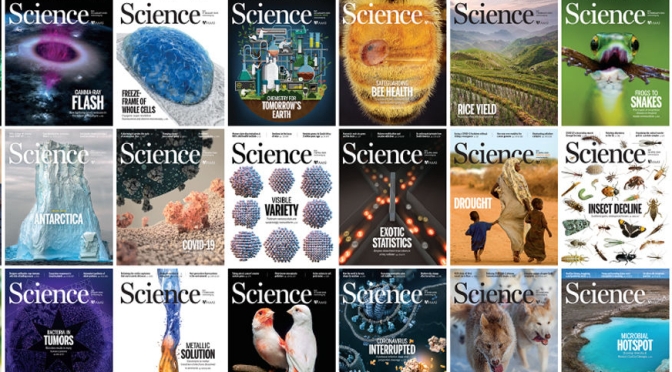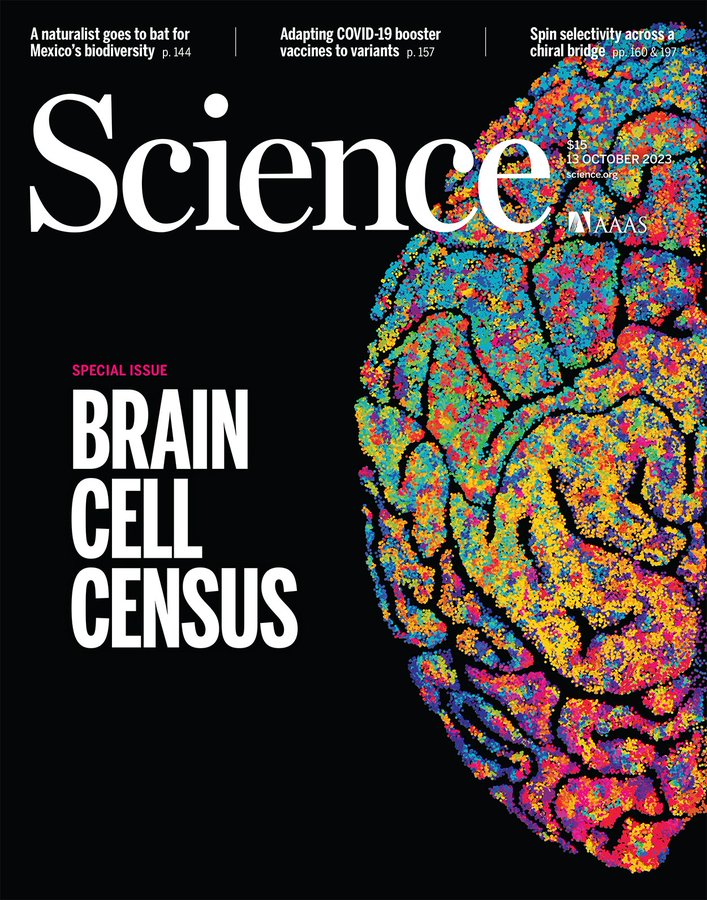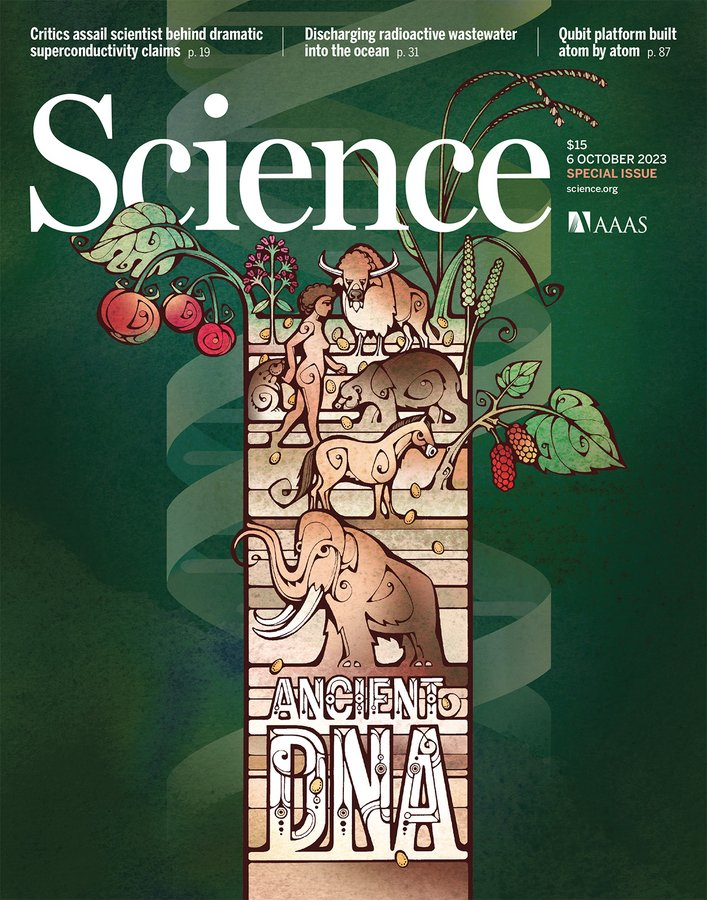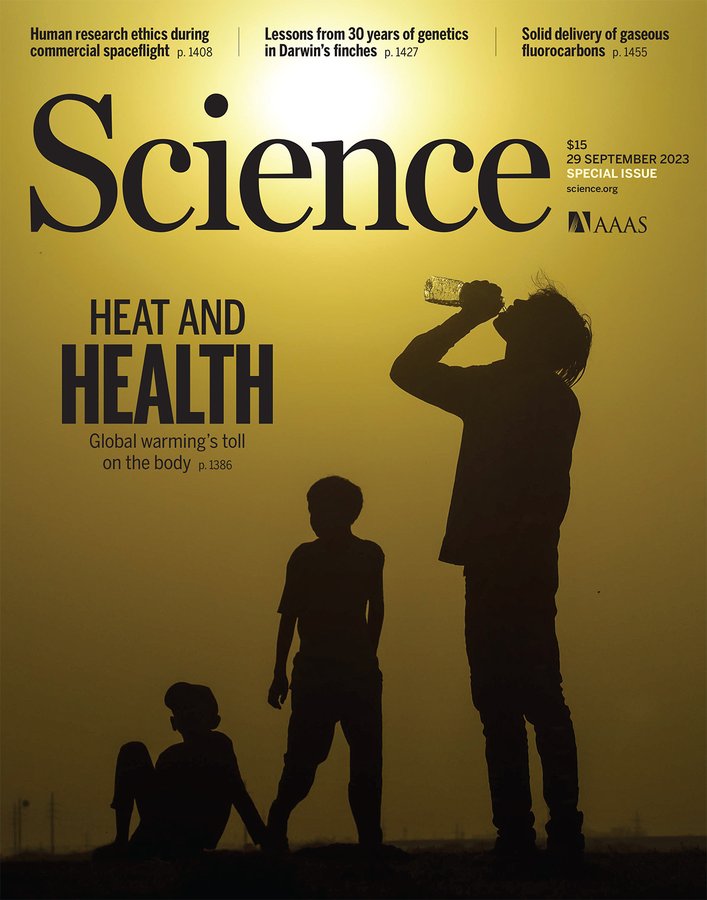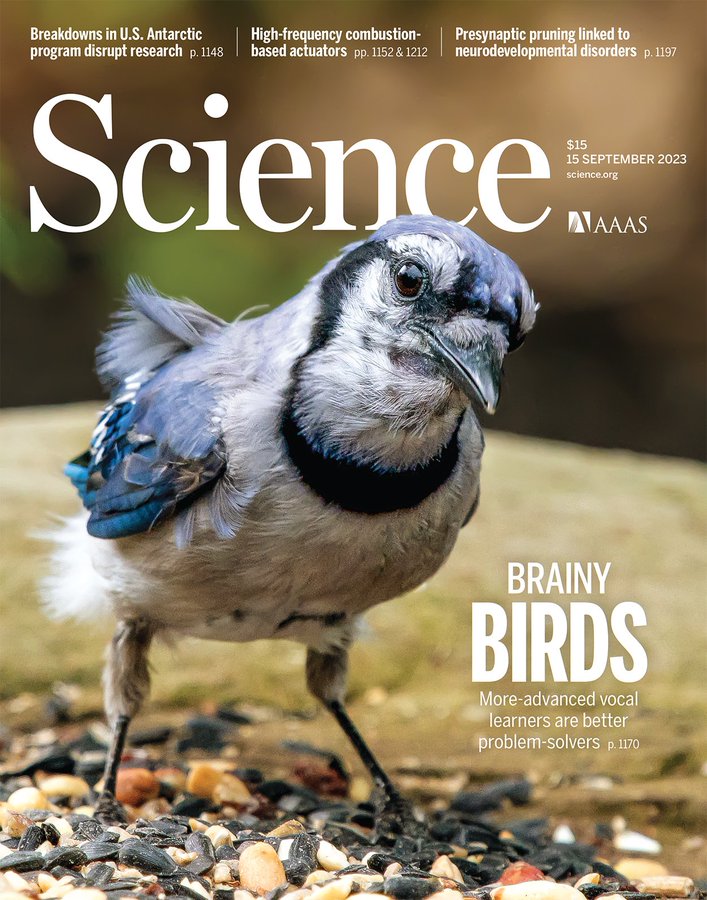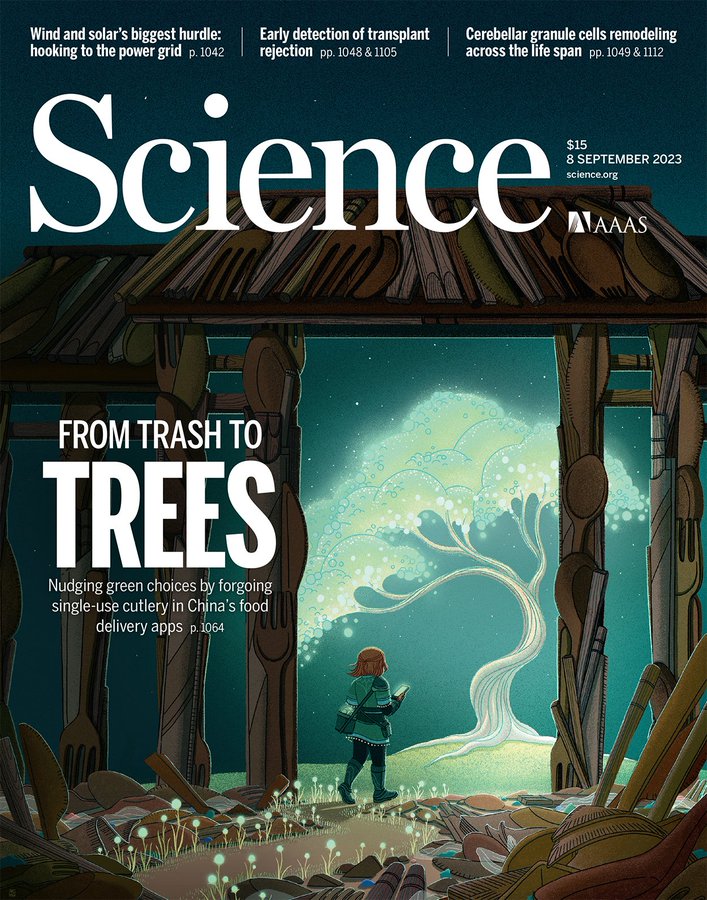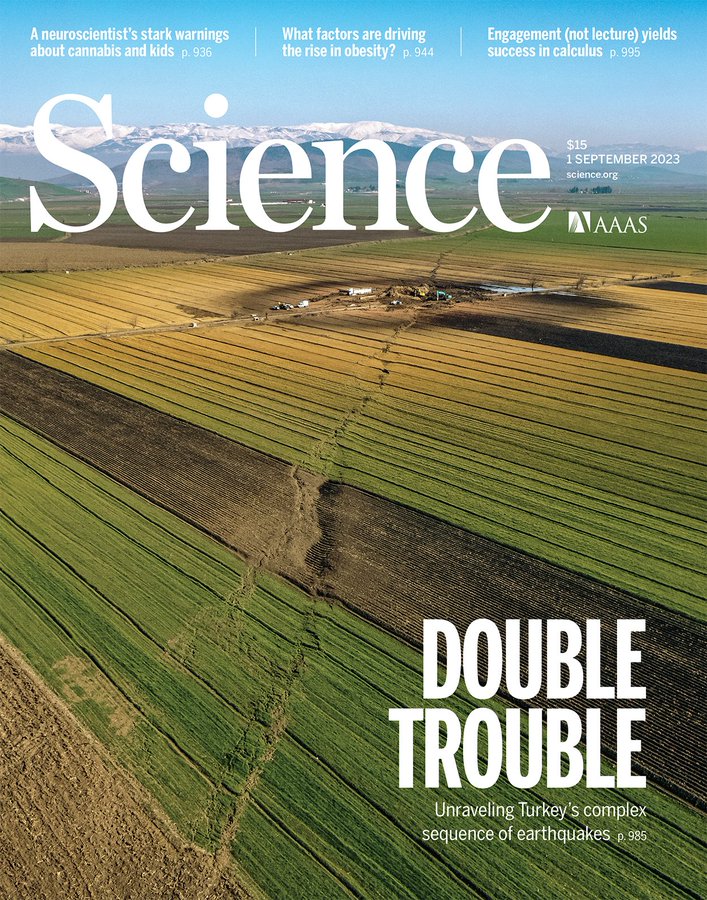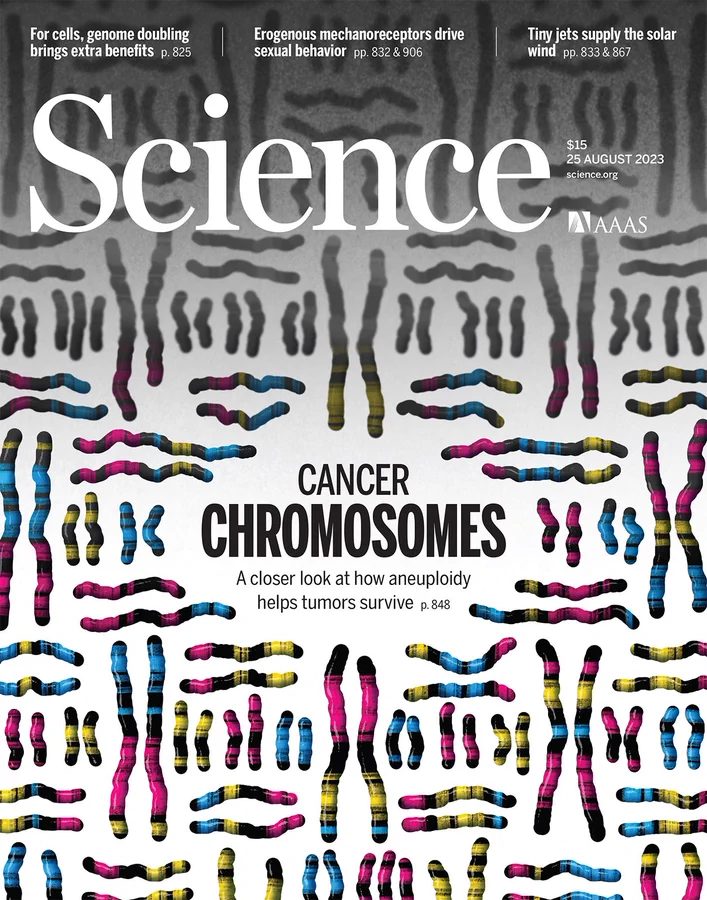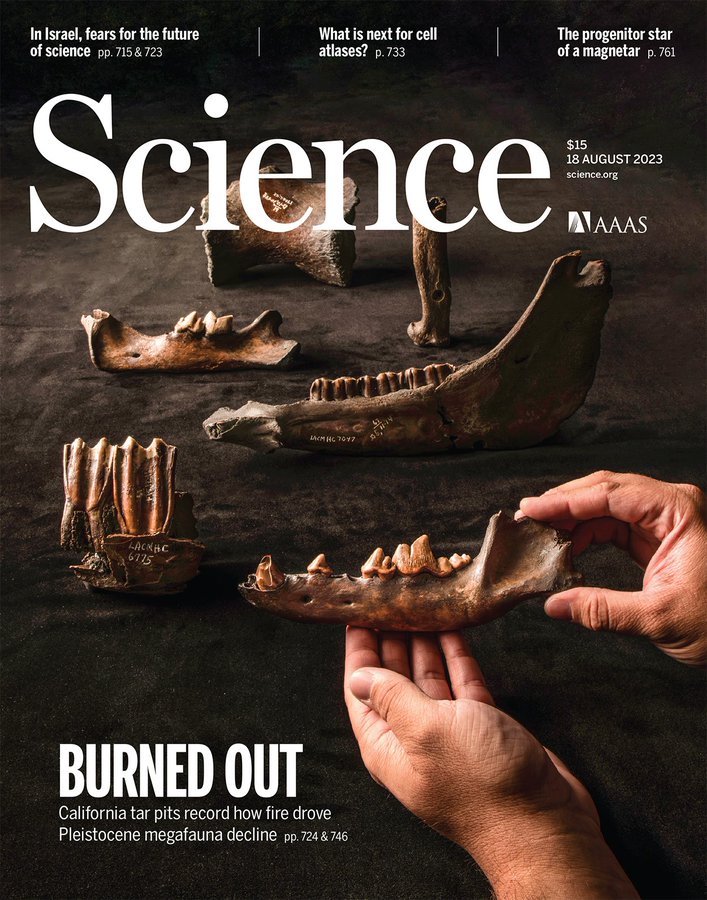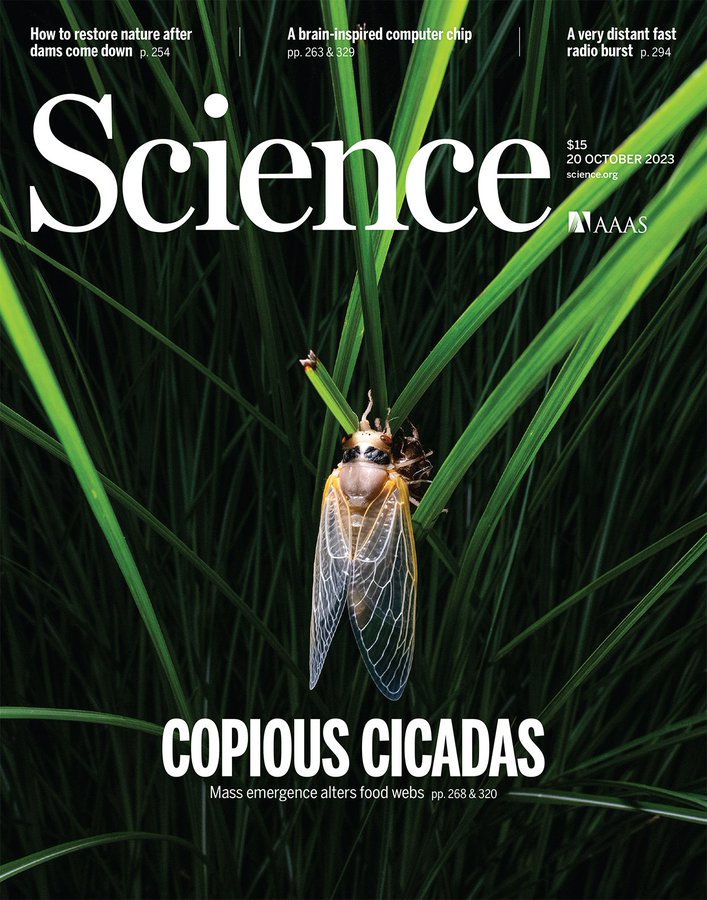
Science Magazine – October 20, 2023: The new issue features Copious Cicadas – Mass emergence alters food webs; A giant European telescope rises as U.S. rivals await rescue; Probe of Alzheimer’s studies finds ‘egregious misconduct’, and more…
A giant European telescope rises as U.S. rivals await rescue

Past the halfway point, Extremely Large Telescope prepares to receive first mirrors
A web of steel girders is rising from the flattened summit of Cerro Armazones, 3000 meters above sea level in Chile’s Atacama Desert. The dome it will support will be vast—with a footprint as big as a soccer field and almost as tall as the Statue of Liberty— and unexpectedly nimble: It will smoothly rotate on rails as a giant telescope inside tracks stars through the night.
Probe of Alzheimer’s studies finds ‘egregious misconduct’
Co-developer of biotech’s drug couldn’t supply original data
U.S. hands out $7 billion for hydrogen hubs
Gas could replace fossil fuels and fight climate change—if it is made cleanly

